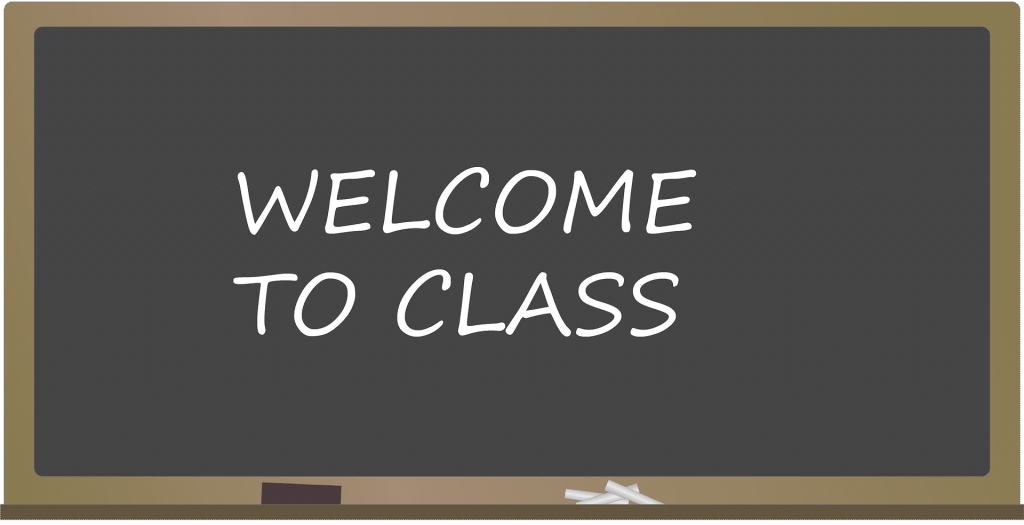-
Principles of Teaching Writing

Teaching Writing in Postsecondary Classrooms Writing is such a complex yet fundamental aspect of our lives. It begins in early childhood and evolves and matures throughout our adulthood. Each week we have discussed the threshold concepts presented in Naming What We Know, classroom edition (Adler-Kassner and Wardle), and examined writing from many different angles: writing as a social and rhetorical activity, writing and how it speaks to situations through recognizable forms, how writing enacts and creates identities and ideologies, how all writers have more to learn, how writing is (also always) a cognitive activity. Each threshold concept deciphered the mechanics of not only how writing is viewed, but how writing is learned and executed. As I prepare to enter the classroom as a first-year English composition instructor, I hold tightly to the beliefs that the progression of learning never ceases. In other words, we are never truly done with learning everything there is to know about writing. Do you know why? Let’s consider this paradigm.
One of the first steps in preparing for the classroom is to gain a better understanding of the needs and expectations of students in regards to writing. By studying position statements from the WPA (Council of Writing Program Administrators), the CCCC (Conference of College Composition and Communication), and NCTE (National Council of Teachers of English), I have been able to identify common goals, techniques, and assessment guidelines for teachers of composition. What I discovered, is that many of the threshold concepts that I have studied as part of my graduate school curriculum in preparation for teaching in the classroom are also common themes found in position statements of the professional programs mentioned above.
The CCCC lists twelve identified principles of sound writing instruction in their purpose statements. As I was glancing over the guidelines, the first three caught my attention. It shouldn’t have been a surprise, yet I found myself intrigued to see three principles of “good writing” instructions to be three specific topics I have studied quite extensively this semester. The first principle listed by the CCCC is, “Sound writing instruction emphasizes the rhetorical nature of writing” (“CCCC Position Statements”). This is also the first threshold concept I studied, “Writing as a social and rhetorical activity” (Adler-Kassner and Wardle). The CCCC’s position statement for this concept is, “To be rhetorically sensitive, good writers must be flexible. They should be able to pursue their purposes by consciously adapting their writing both to the contexts in which it will be read and to the expectations, knowledge, experiences, values, and beliefs of their readers.” To understand this principle, let us first watch this video produced by the University of Maryland, Baltimore Writing Lab titled, “The Rhetorical Situation”:
“The Rhetorical Situation” As we can see, being able to utilize persuasive rhetoric leads to sound writing practices in the classroom.
Another threshold concept that is utilized in the CCCC’s principles of sound writing is audience. Learning to write for an intended audience is a skill that uses the rhetorical devices logos, pathos, and ethos. In the postsecondary teaching of writing, creating opportunities for students to engage and practice this type of persuasive rhetoric will help develop first-year composition (FYC) writing abilities.
Writing is considered a social activity, and as we have discussed, this is one of the main threshold concepts studied this semester. The CCCC recognizes the importance of this theory, and teachers are encouraged to incorporate teaching methods in the classroom that allow for social activities such as collaborative peer review throughout the drafting, writing, and revision processes. In addition to peer review, many universities have writing centers where students can receive first-hand experience of having their writing read by a specific audience. As a teaching assistant in KSU’s writing center, I have participated in this process and can’t speak highly enough about the benefits of having someone else, even another student, read your writing. Usually, within minutes of having a student read their work aloud, they begin making unsolicited changes in their composition piece. Why? Well, because writing is a social activity. When students have the opportunity to hear their words, they relate the written word to the spoken word, and suddenly, writing becomes easier.
I am excited to witness the threshold concepts presented this semester actively in the first-year composition classroom. The theoretical framework of the Conference on College Composition and Communication’s position statements is something I have been studying all semester via multi-modal methods of classroom discussion, PowerPoint presentations, blog posts, and group workshops. I mention these various methods of learning because it is a process I intend to model in the classroom. Good writing begins with great instruction.
Works Cited
Adler-Kassner, Linda, and Elizabeth Wardle, editors. Naming What We Know: Threshold Concepts of Writing Studies, Classroom Edition. Utah State University Press, 2016.
“Appealing to Your Audience.” The Word on College Reading and Writing, (n.d.), openoregon.pressbooks.pub/wrd/chapter/appealing-to-your-audience/.
“CCCC Position Statements.” Conference on College Composition, 22 October 2018, cccc.ncte.org/cccc/resources/positions.
“How We Help Writers.” Kennesaw State University Writing Center, 2019, writingcenter.kennesaw.edu/writing_support/help-writers.php.
Sablan, Jurika. “Benefits of Peer Review in Academic Writing.” Youtube, uploaded 23 June 2017, youtu.be/iNsFkQAqQGs.
“The Rhetorical Situation.” YouTube, uploaded by University of Maryland, Baltimore Writing Center, 24 April 2014, youtu.be/A-eRycqjzbg.
Tumisu. Pixabay. 2019, pixabay.com/illustrations/back-to-school-classroom-school-913073/.